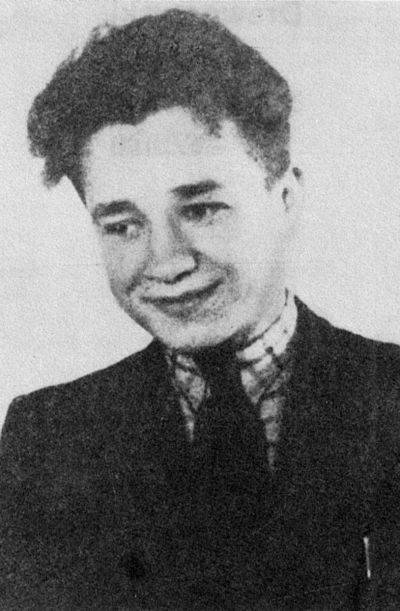Henryk Nazarczuk: Polish War Graves in Germany. A topography of death

Then again, other victims are resting in unknown places, often beneath a carefully kept mound of grass, but without any indication of who is buried there: this beside a thoughtfully equipped, exemplary well-kept barracks for soldiers in the German army (Husum) and amongst countless similar “small grassy areas”. They were buried as forced labourers or simply as “Poles”, quite commonly with their names wrongly spelled and lacking any further personal details. After the end of the war the Western Allies exhumed their servicemen and women who had fallen in battle or died in captivity and buried them anew in the soil of their fatherland, or created special military cemeteries for them, like the Dutch in Hamburg and Hannover. Even the Russians have put some of their graves in order by forcing the local authorities to create Russian mass cemeteries on German soil; and that although they had declared their prisoners of war to be traitors because they had surrendered at the time. Seen in such a light very many Russians and very many Poles have remained behind in the country of their captivity.
All well and good, the political and economic situation in post-war Poland between 1945 and 1989 can explain a few things, but not everything. Those people who escaped death in German captivity had scarcely any choice about where they lived after the war: some of them went west; others remained in Germany and took advantage of the help provided by the Allied forces in the Western occupied zones. Those who returned to Poland soon discovered what awaited them in freedom under the “occupation” of their Eastern allies. The “idyllic idea” of life in the protection of the Peoples Republic ended abruptly as soon as it revealed itself. There followed arrests and trials that often ended with death sentences, the intimidation and persecution of members of the Home Army as well as attempts to denigrate their heroism and wipe them out of national memory.
There are only a few initiatives in Germany, which recall the participants in the Warsaw Uprising, for example in the Hamburg district of Harburg. These were set up in the post-war years by members of the Uprising who had remained here. Regrettably, however, no lists were compiled of the graves of comrades (both men and women), buried in the land of their captivity, and none have been passed on of the graves that have fallen into disrepair in the course of time. With each new reform of the War Graves Law (GräbG) more and more cemeteries are abolished and fall into oblivion. The Polish exile government and the Organisation of Combatants in the Home Army, which still exist in countries to which the soldiers of the Uprising emigrated, have taken no initiatives and shown no interest in the subject. No one is standing up for these graves! Hence I was full of shame when people in some cemeteries said to me: “You’re the first Pole who has ever asked about these graves.”
The 4th June 1989[8], an important day in Poland’s recent history, when men and women appeared at various official occasions wearing medals on their breasts and red and white armbands carrying the symbol of “Polska Walcząca” (Battling Poland), aroused hopes for a better future for the soldiers in the Uprising who had disappeared and been forgotten in the land of their captivity. But in reality nothing changed in this respect. Whilst they were serving other, often political, causes their comrades demonstrated that everything was “quiet on the Western front”, a fact that automatically triggered off the creation of the Association.
[8] The day of the first semi free elections in Poland that ushered in the end of communism.












